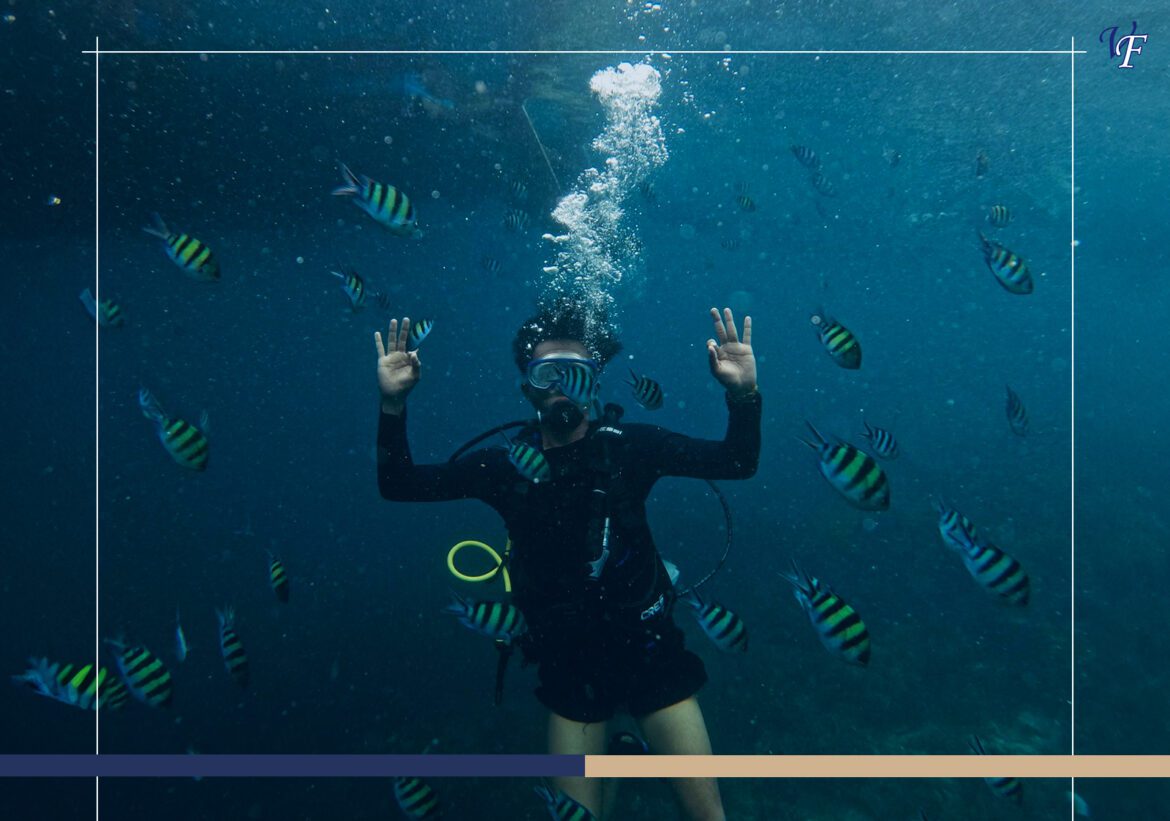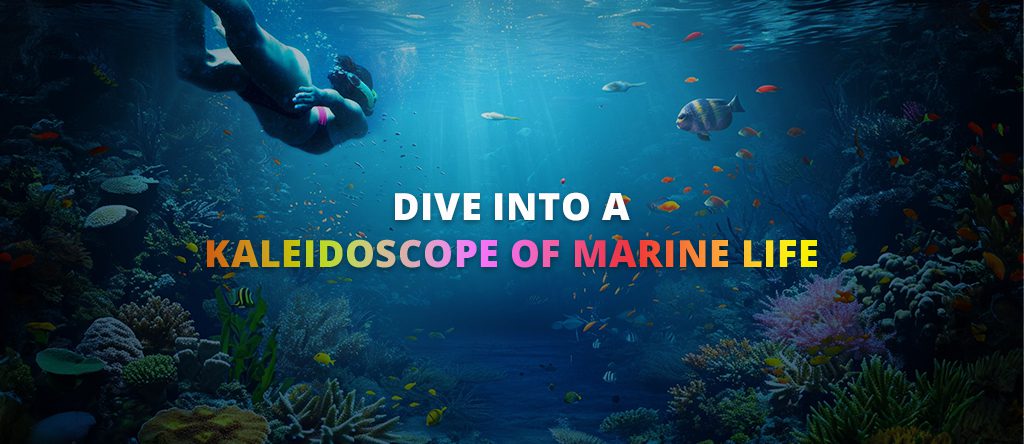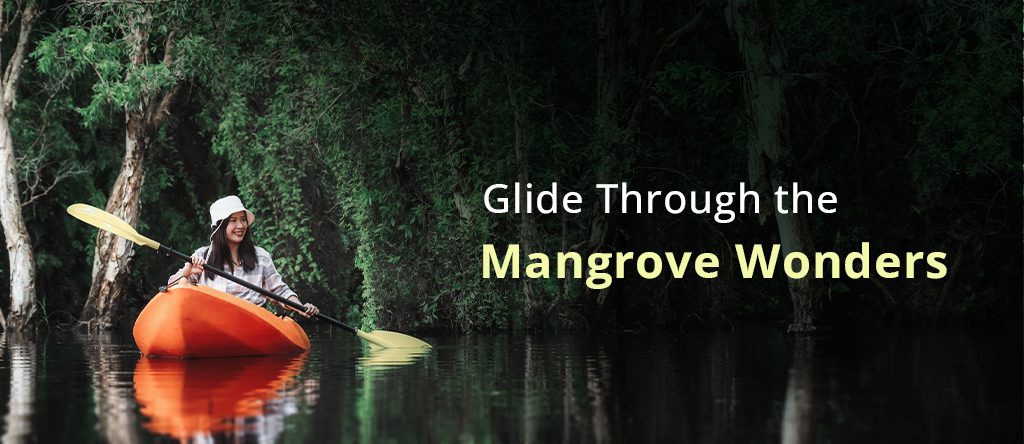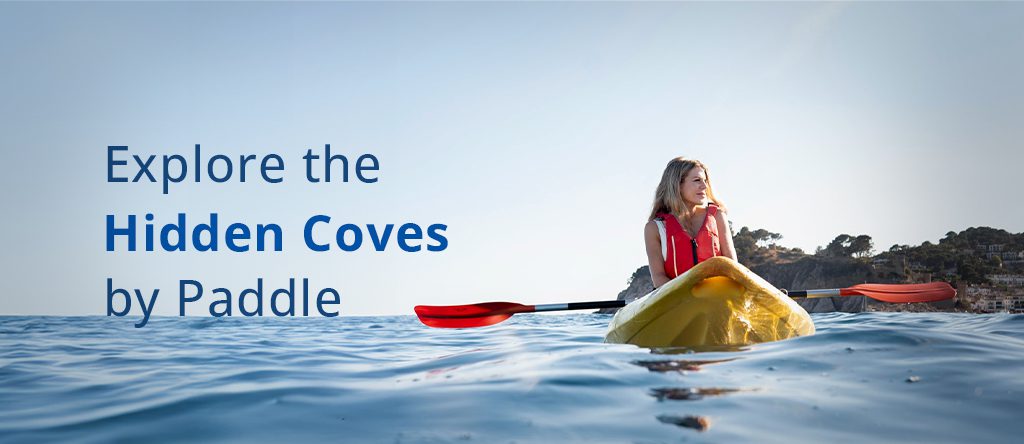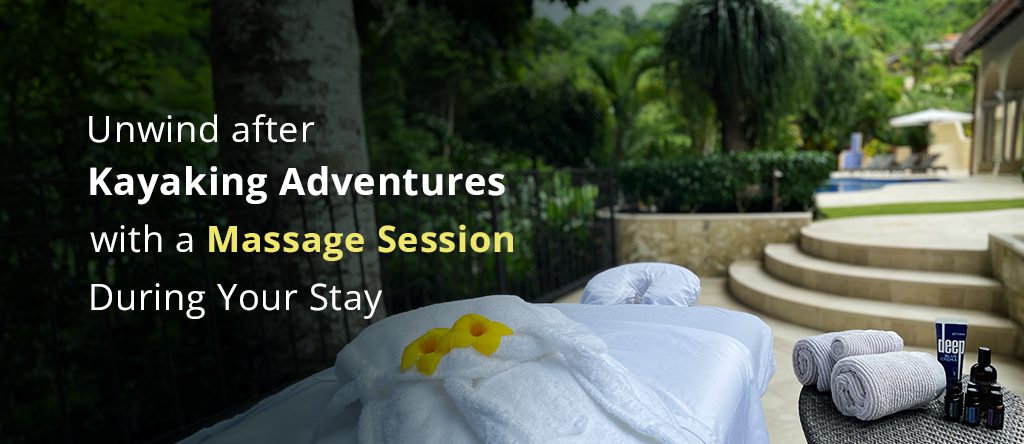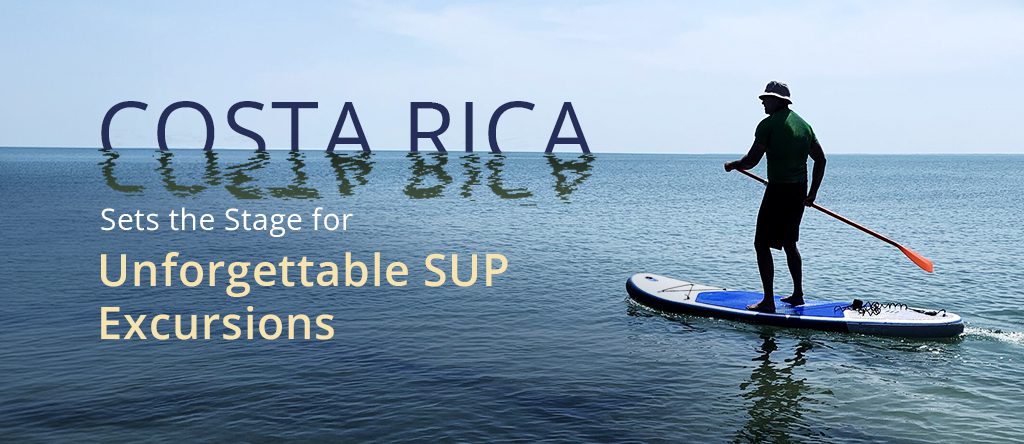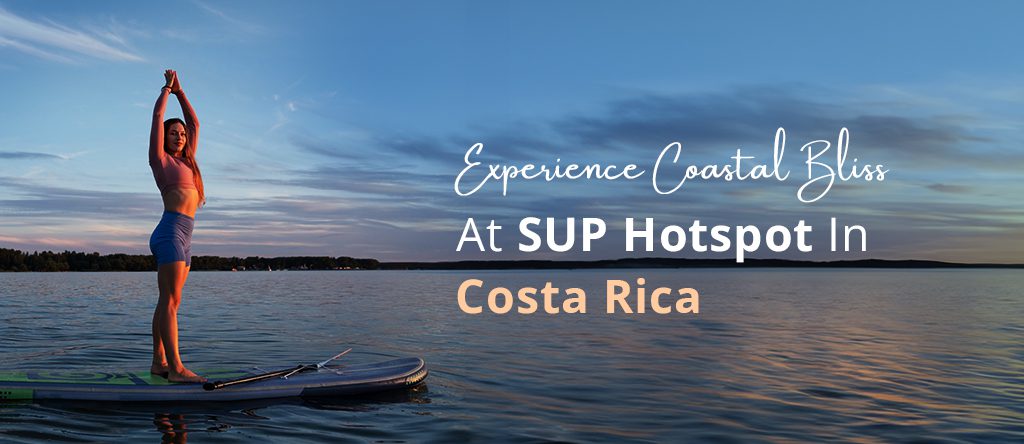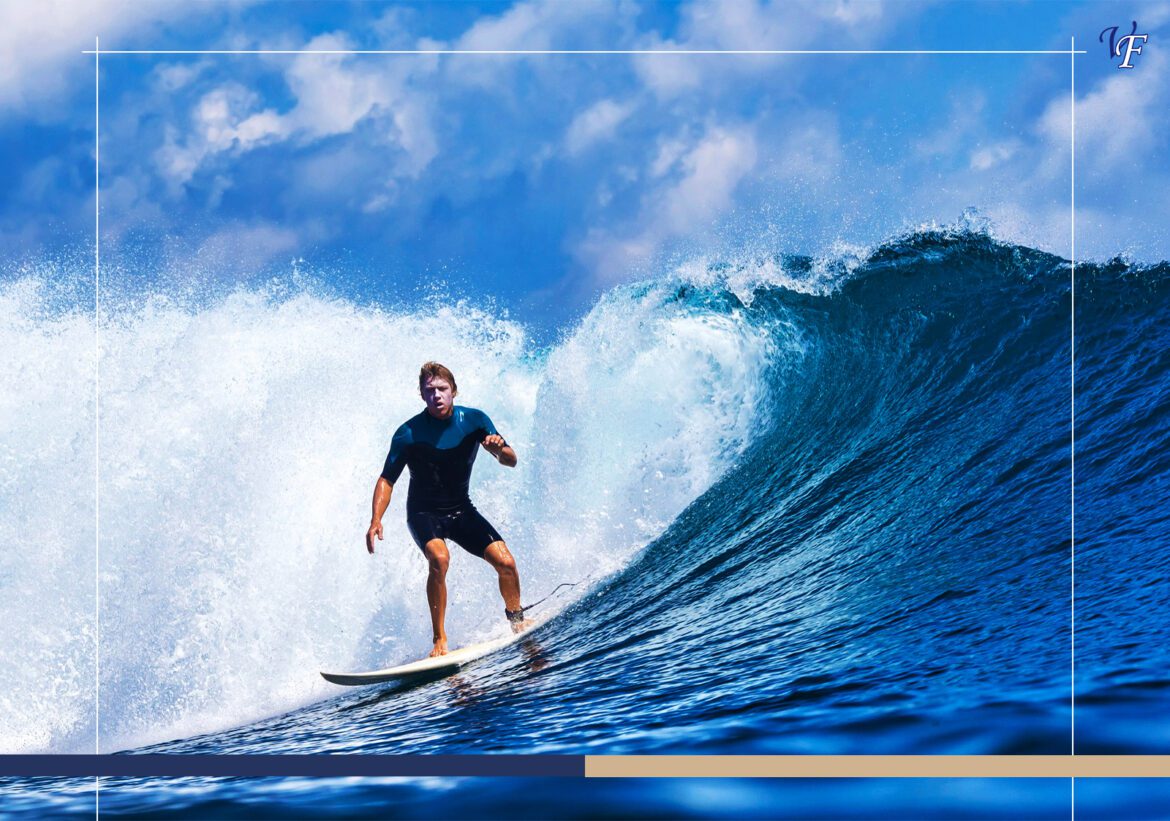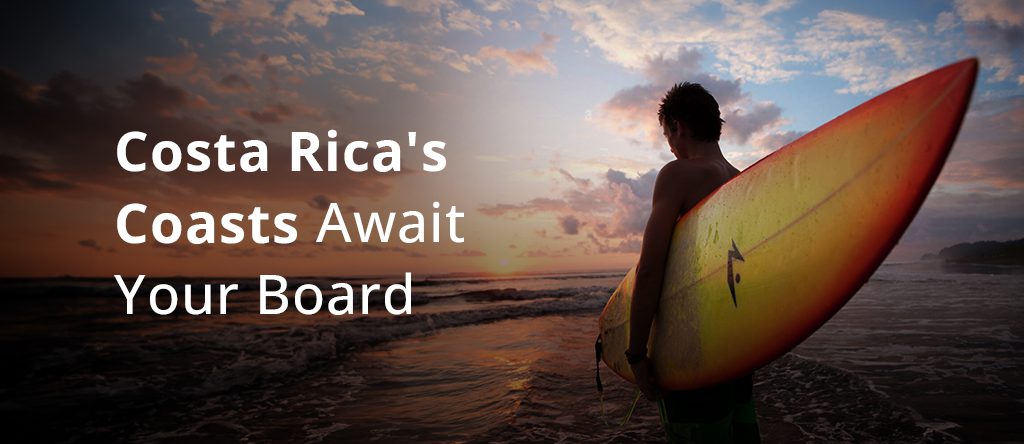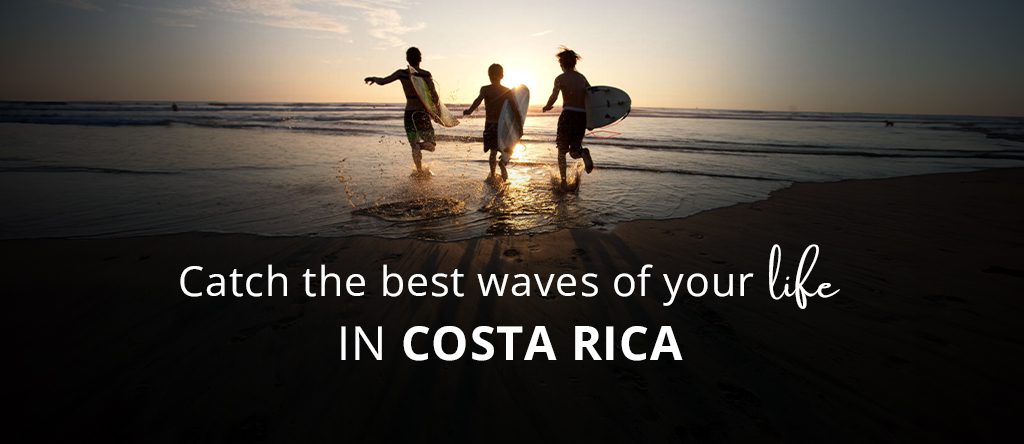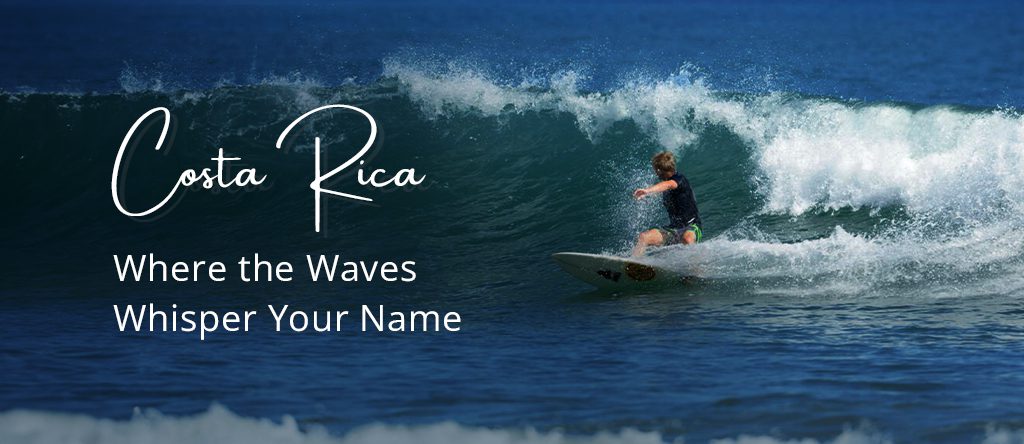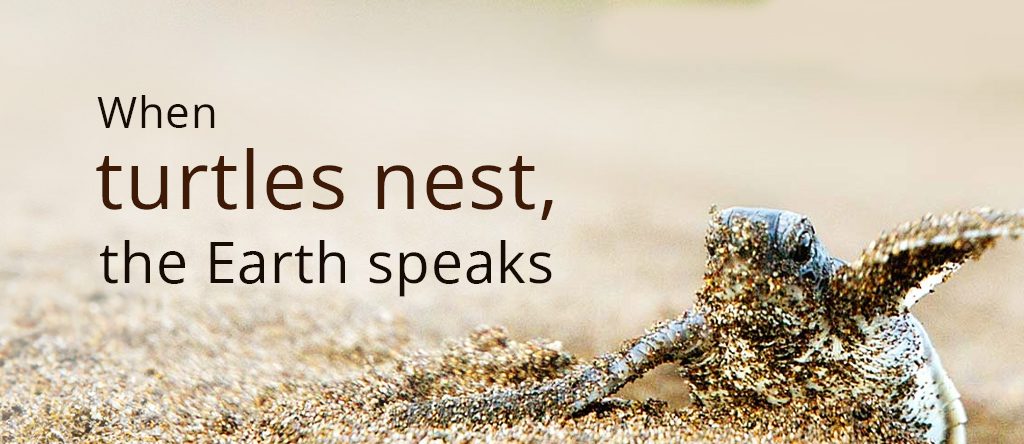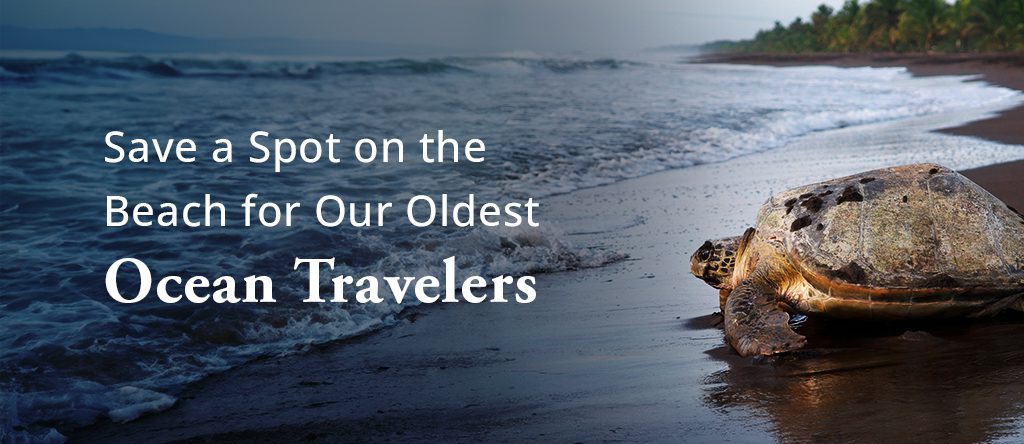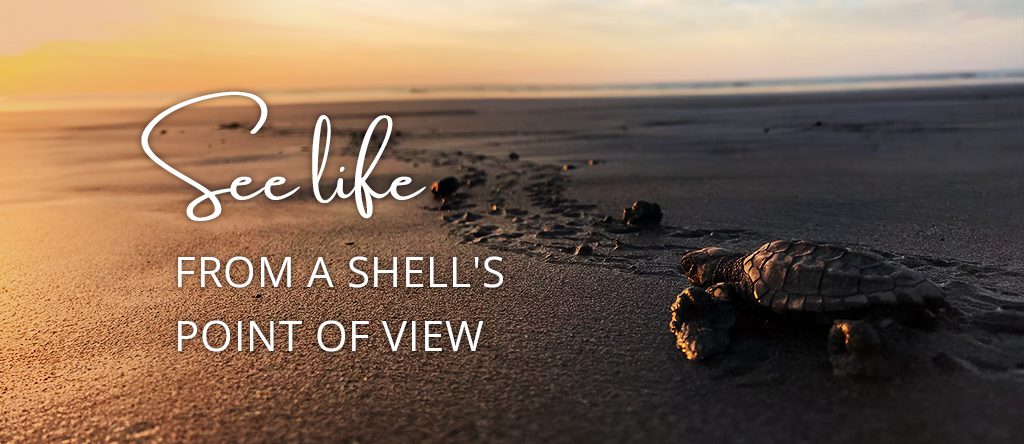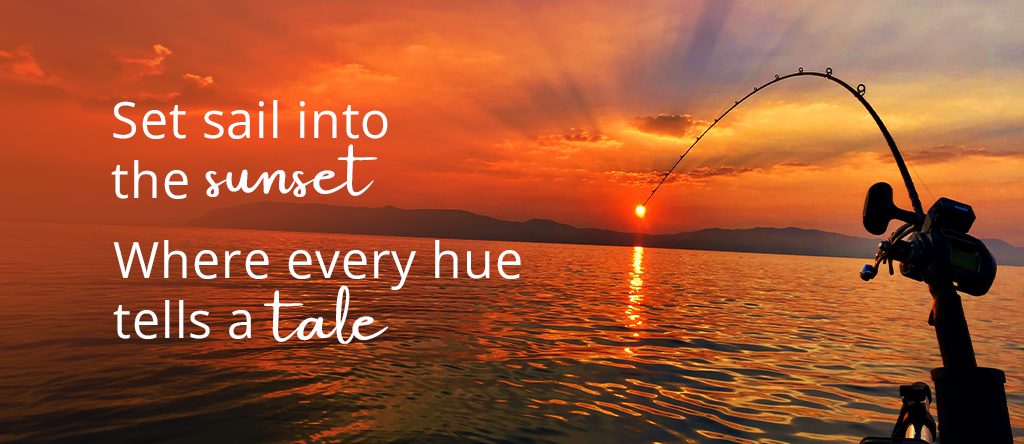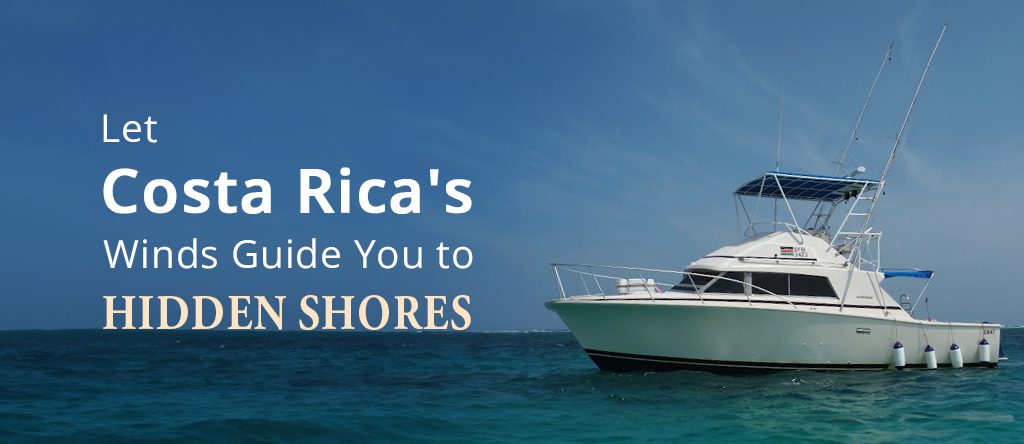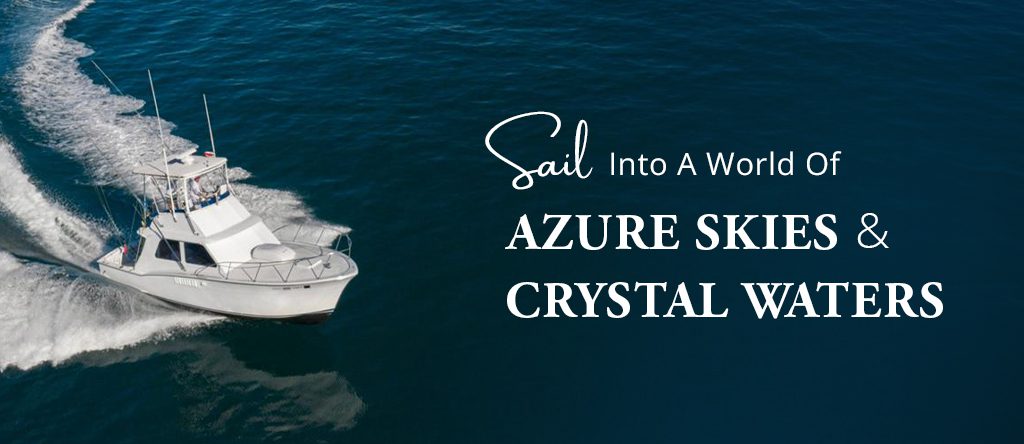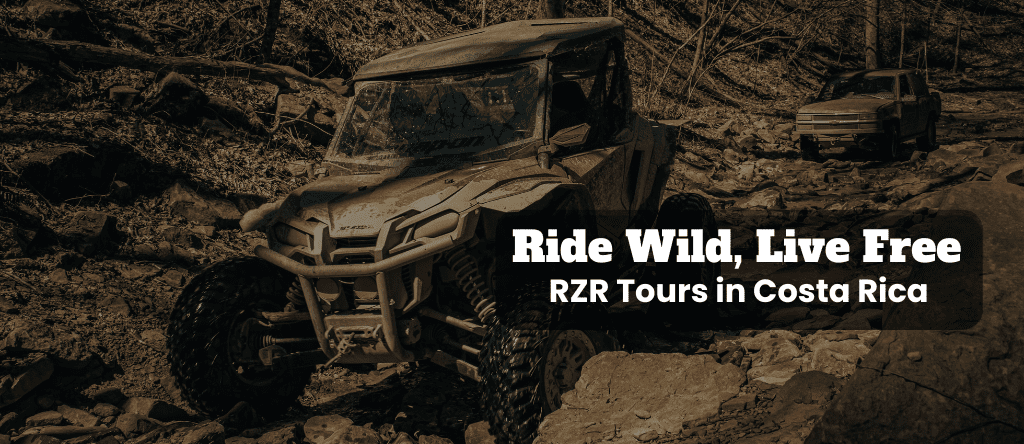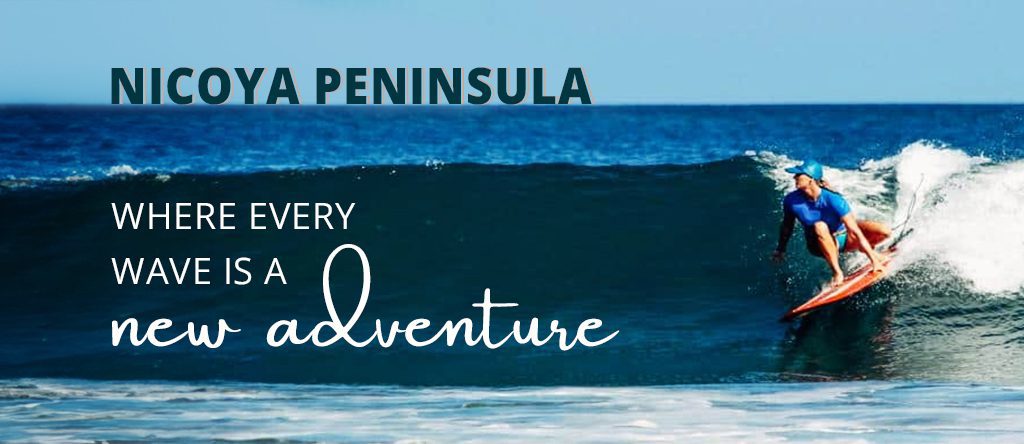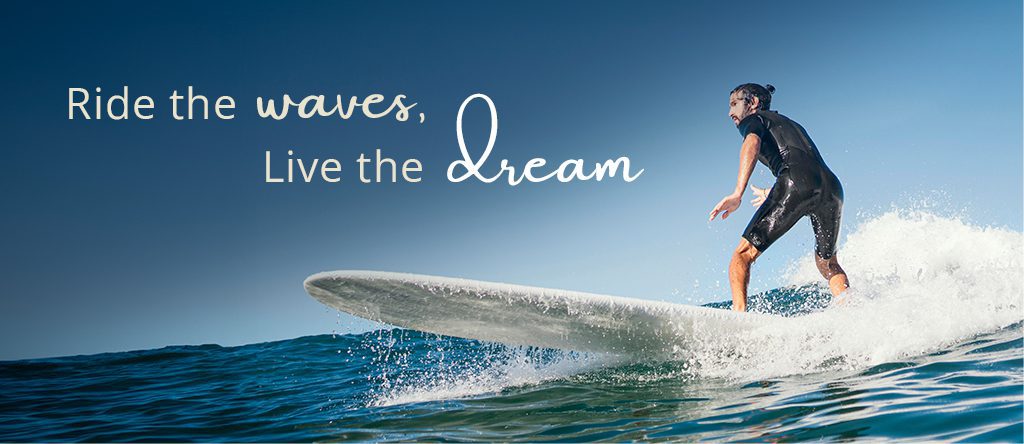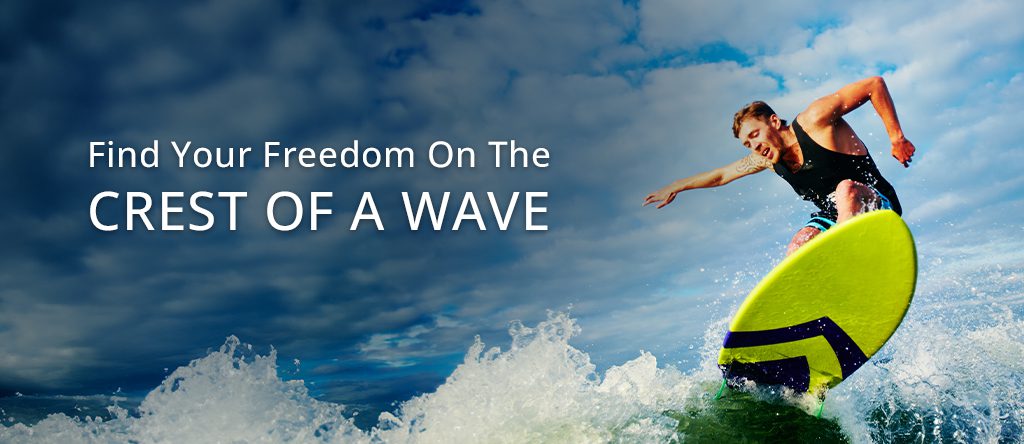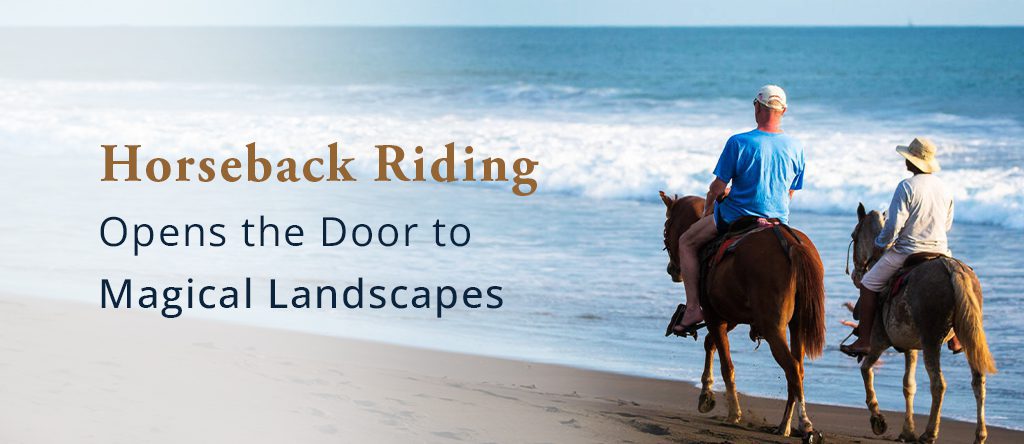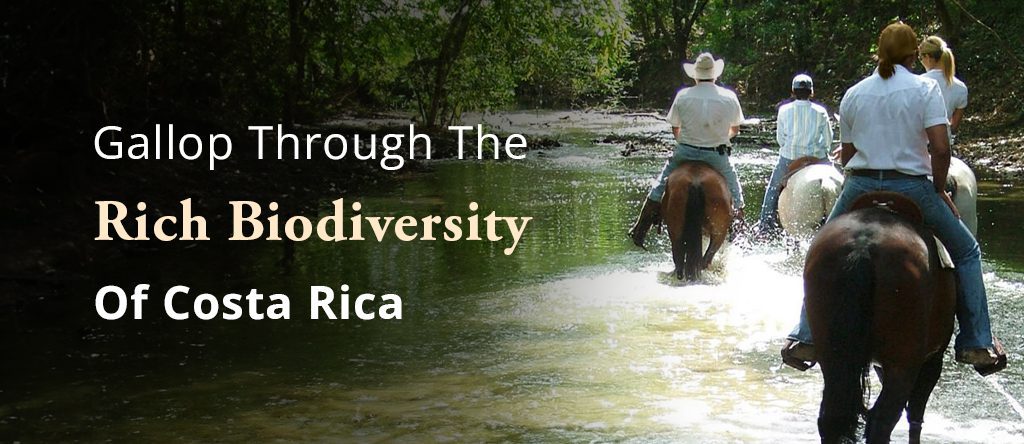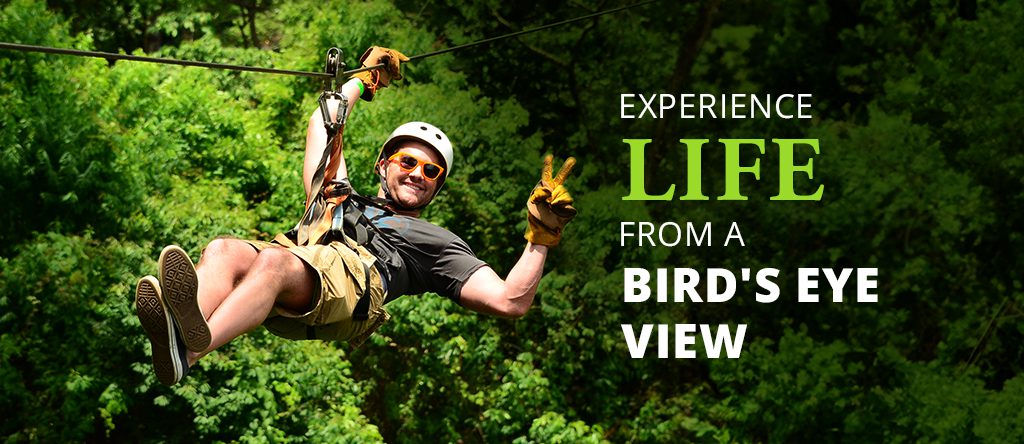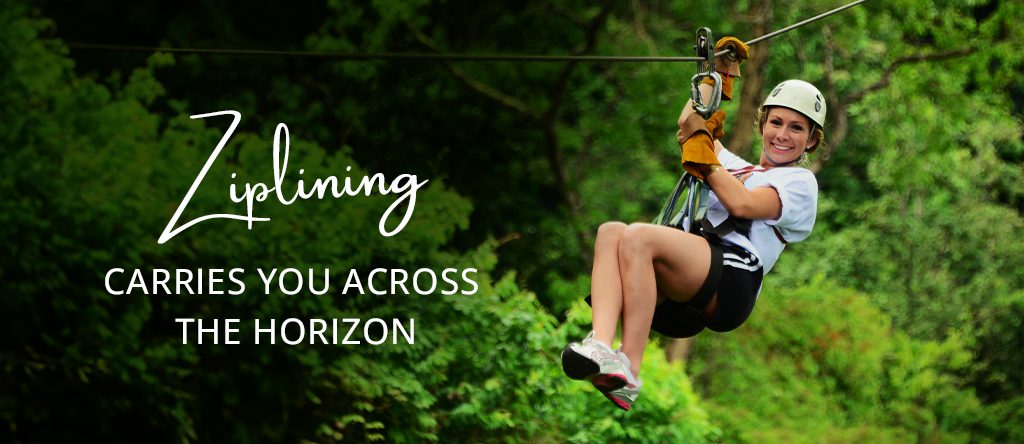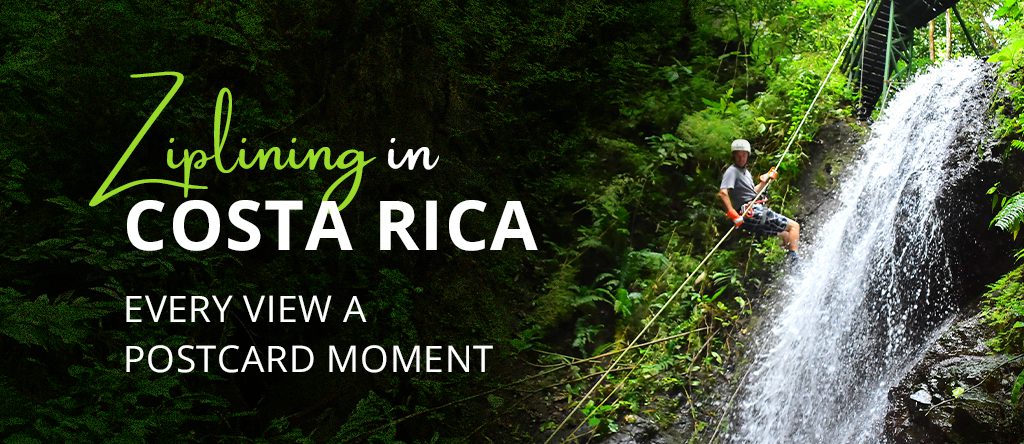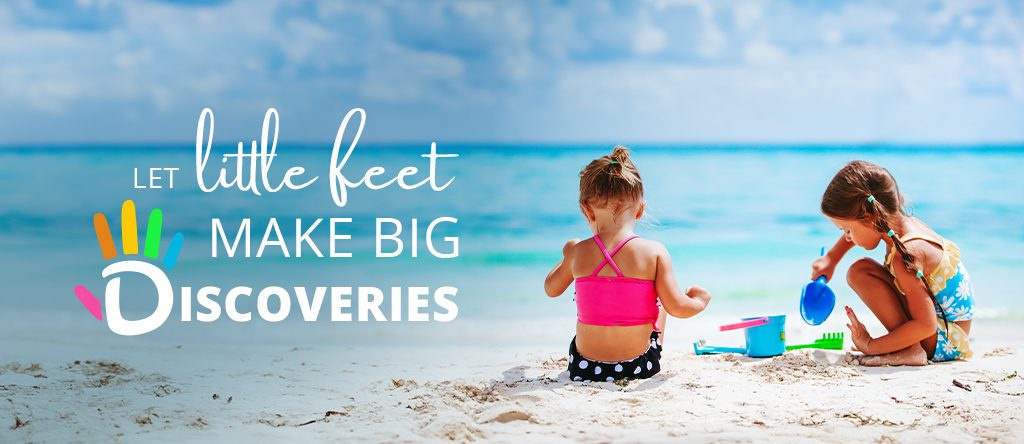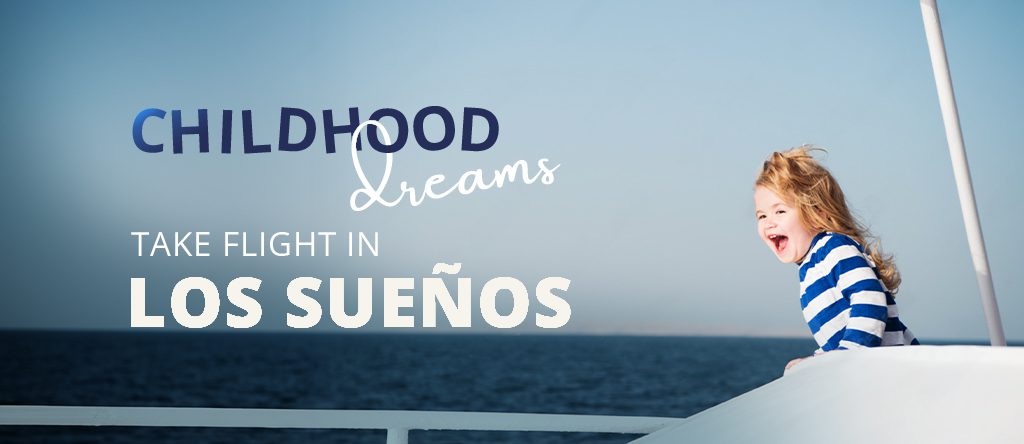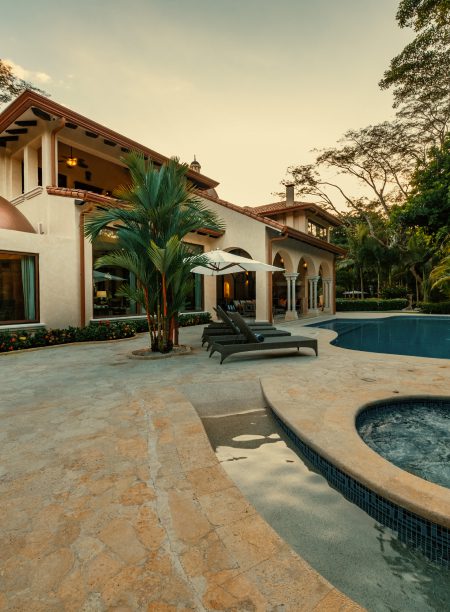Costa Rica is a tropical paradise known for its thick rainforests, stunning beaches, and exotic wildlife. It might surprise many that this place is also among the top scuba diving destinations across the world. The warm waters, excellent visibility, and diverse marine life make it hard for any other underwater adventure to match what Costa Rica’s water bodies offer to all scuba diving enthusiasts.
Whether you are an experienced underwater explorer or just starting out but wish to delve into deep waters, scuba diving in Costa Rica will give you immense beautiful memories that will be there in your heart and on your Instagram for many years to come.
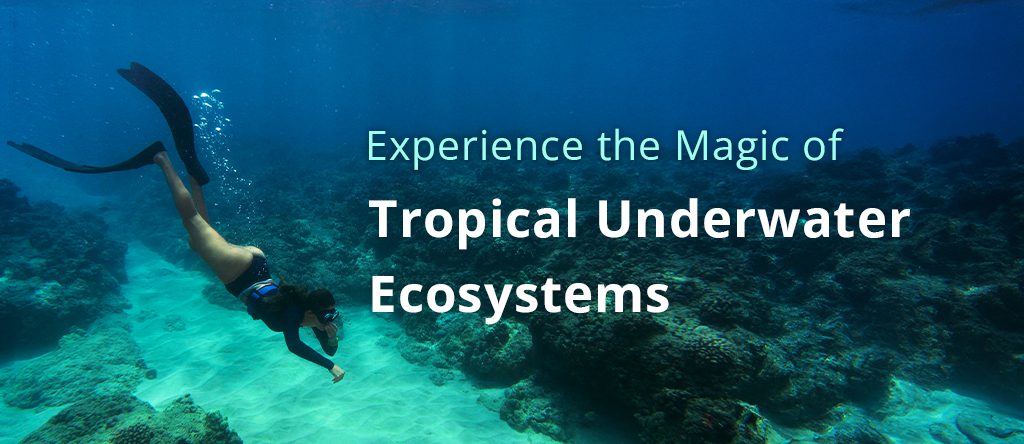
Why Choose Costa Rica for Scuba Diving?
The crystal-clear oceans of Costa Rica are teeming with life, making it a haven for scuba enthusiasts. If you are still not sure why this tropical paradise can fulfill your dream of having an excellent and one-of-a-kind scuba diving experience, here are some compelling reasons to help you understand why choose Costa Rica for your next diving trip:
Rich Biodiversity
The tropical waters of Costa Rica boast an exotic diversity of marine life, and its underwater ecosystems are just as varied and stunning, characterized by vibrant reefs and volcanic outcrops.
Sharks, rays, sea turtles, large pelagic fish, and other game fish are examples of what you may find here, making your unwater exploration a dream come true.
Unique Underwater Ecosystems
Costa Rica’s underwater landscapes are extremely diverse, featuring thriving coral reefs, dramatic volcanic rock formations, and underwater caves. These unique underwater ecosystems are always an adventure worth taking on.
Year-round Warm Water Temperatures and Excellent Visibility
One of the biggest reasons attracting the divers from across the globe is the warm, tropical weather of Costa Rica. The consistent warm temperatures throughout the year provide divers with the utmost comfort needed for an enjoyable, safe, and wonderful diving experience during every visit.
Along with the tropical weather conditions throughout the year, the country also features the ideal visibility in most of the best places to scuba dive in Costa Rica, making it possible to get totally engrossed in deep-sea splendor.
Best Time for Going Underwater in Costa Rica
Although it is possible to dive anytime all through the year in Costa Rica, the most preferred time for experiencing what lies beneath is during the dry period between December and April when the waters are relatively calm, and visibility is great.
If you wish to see some particular marine life like the humpback whales, consider going in the rainy season from May to November instead.
Essential Equipment for Scuba Diving in Costa Rica
Having the right gear and tools with you is crucial for a memorable, enjoyable, and hassle-free scuba diving experience in Costa Rica.
The list of scuba diving equipment is long; but we have a few essentials listed below –
- Flippers
- Mask
- Wetsuit
- Snorkel
- Dive computer
- Buoyancy Control Device (BCD)
- Regulator
- Weight belt (if necessary)
- Dive tank (typically provided by dive operators)
- Underwater camera (optional for capturing memories)
- Dive knife or cutting tool (for safety)
- Dive light (especially for night diving)
- Surface marker buoy (SMB)
- Whistle or dive alert (for safety)
If you don’t have any of these gear, you can contact any diving operator nearby, as the majority of diving operators in Costa Rica offer diving equipment to rent.
Right Dive Operators and Dive Sites in Costa Rica
When it comes to choosing the appropriate dive operator and dive destinations, numerous things have to be considered. Excellent experience is largely guaranteed by selecting a reliable and widely known organization. Reviews of such companies, among other factors, should be considered. Having experienced guides is also essential. Some diving tour groups also consider your diving skill level before letting you embark on this adventurous journey.
Safety Considerations and Certifications
Safety is of great importance in diving. Make sure that for the dives you intend to do, you have the necessary certifications. Open Water Diver certification should be what beginners opt for, while those who are experienced might require extra certifications when targeting selected areas.
Always dive within your capabilities and adhere to all safety instructions given by the instructor or company guiding you.
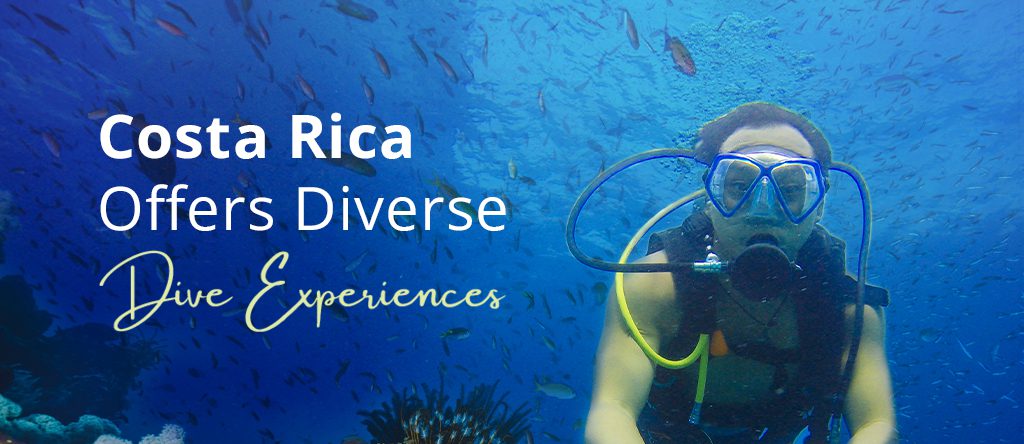
Top Dive Sites in Costa Rica
Costa Rica has many impressive dive sites on its Pacific and Caribbean coasts. Each of these best places to Scuba Dive in Costa Rica comes with different time zones and caters to various skill levels.
Refer to this table to know each of these diving sites clearly –
Pacific Coast of Costa Rica
| Name | Location | Best Time to Visit | Other Activities |
| Cocos Island National Park | 550 km off the Pacific coast | May to September | Hiking, wildlife-watching |
| Isla del Caño | South Pacific coast | December to April | Snorkeling, bird-watching |
| Marino Ballena National Park | South Pacific coast | December to April | Whale-watching, beach activities |
| Catalina Islands | North Pacific coast | November to May | Snorkeling, kayaking |
| Bat Islands (Islas Murciélago) | North Pacific coast | May to November | Fishing, wildlife tours |
| Playas del Coco | North Pacific coast | November to May | Beach activities, nightlife |
| Isla Tortuga | Gulf of Nicoya | December to April | Snorkeling, beach activities |
Caribbean Coast of Costa Rica
| Name | Location | Best Time to Visit | Other Activities |
| Gandoca Manzanillo Wildlife Refuge | Southern Caribbean coast | March to May | Wildlife tours, hiking |
| Cahuita Reef | Cahuita National Park | March to May | Snorkeling, hiking |
| Isla Uvita | Near Limón | March to May | Snorkeling, beach activities |
Scuba Diving Tours and Operators
There are numerous dive shops and operators, each offering unique Costa Rica scuba diving packages and experiences.
Some highly recommended operators include:
- Rich Coast Diving (Guanacaste)
- Deep Blue Diving (Playas del Coco)
- Diving Safaris (Gulf of Papagayo)
- Costa Rica Divers (Uvita)
What to Expect from Guided Dive Tours?
If you wish to experience the best diving in Costa Rica, you need a professional and experienced guide by your side. Guided dive tours make the job of renting and finding the best sites, gear, and other essentials easy and hassle-free. The tours led by professionals usually involve renting gear, being transported to and from dive sites, and always having someone expert around who knows what they are doing in case anything should happen. These trips appeal to both inexperienced divers and those who have been diving for years. They typically offer different options, like single dive packages or extended trips.
Sustainable Dive Centers in Costa Rica
It is advisable to choose operators who prioritize sustainability and eco-friendly practices. Such establishments operate under regulations that aim to safeguard sea creatures and their habitats, ensuring that the beauty beneath Costa Rica’s waters is preserved.
Here are some sustainable practices followed by dive operators in Costa Rica:
- Promoting reef-safe sunscreens.
- Educating divers on respectful interactions with marine life.
- Implementing zero-waste policies on boats and dive shops.
- Participating in reef clean-ups and conservation projects.
- Using eco-friendly dive gear.
Essential Guidelines to Follow While Scuba Diving in Costa Rica
No matter how long you have been diving, it is important to follow essential safety rules. A few of them are –
- Always have a partner with you when you go underwater.
- If diving into deep waters, ensure that all equipment is in good condition.
- Monitor your air supply and the time you spend underwater to prevent decompression illness.
- Listen to your instructor carefully.
- Be careful and thoroughly considerate about your diving skill levels.
- Ensure that you have a dive insurance policy covering medical evacuation and treatment.
Local laws and conservation efforts protect marine life in the coastal region. To avoid destroying the environment, follow these regulations while enjoying scuba diving in Costa Rica –
- Engage in sustainable diving practices and avoid any behaviors that might harm it.
- Refrain from souvenir hunting underwater.
- Designate zones with fishing and activity restrictions.
- Enforce laws to prevent overfishing.
- Reduce coastal and marine pollution.
- Raise awareness about marine conservation.

Conclusion
Whether you choose to enjoy Cocos Island, Costa Rica, diving experience or the charm of scuba diving at Tamarindo, Costa Rica, attracts you; you will surely have an unforgettable diving trip here in this tropical paradise due to the rich and varied underwater habitats in some of the world’s most colorful locations.
That is just how unique an adventure in Costa Rica can be!
So why not put on your equipment and jump into that stunning marine universe lying below the surface of an oceanic tropical heaven?



